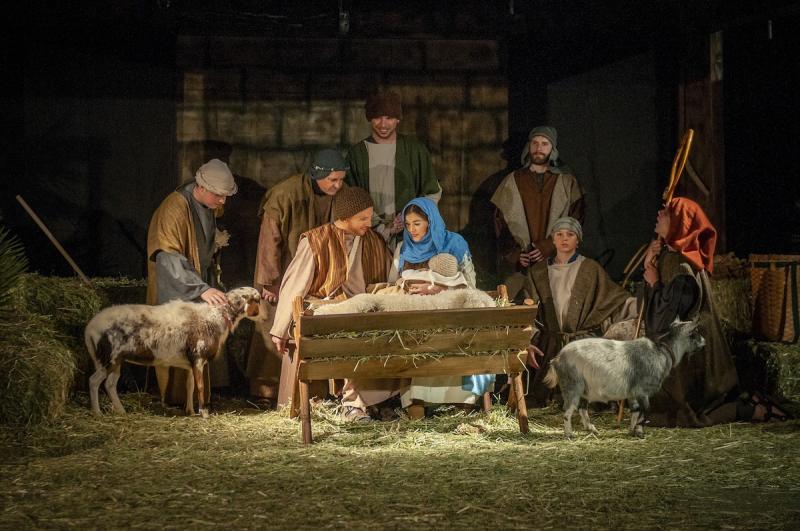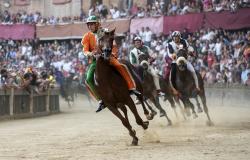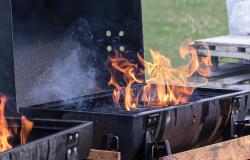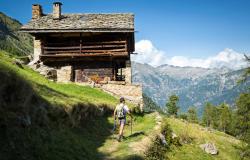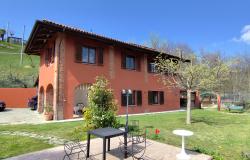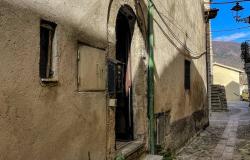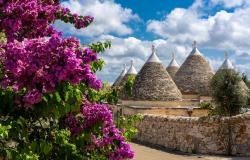During Christmastime in Italy, you are bound to come across presepi in homes, churches and piazzas all over the country. Presepe, which literally translates into “crib,” is a traditional nativity scene depicting the manger where Jesus was born; in many cases, it also includes old dwellings animated by figurines representing villagers, shepherds and animals.
The tradition goes back to 1223 when St. Francis of Assisi created the very first presepe in history which was actually a living crib, a presepe vivente. He is believed to have started the custom after returning from a trip to the Holy Land, where he saw Jesus’ birthplace in Bethlehem. Greccio is a hermitage between Rieti and Terni, and was originally given to the Franciscan by Count Giovanni Velita. St. Francis had the idea of representing the Nativity in a grotto in the area involving the villagers, thus starting a tradition that is still very much alive in many Italian towns and villages.
If you are visiting Italy during the Christmas holidays, you should not miss the chance to experience a Presepe Vivente (living crib), where locals dress up as Mary, Jesus, the Three Kings, angels and shepherds in a rather theatrical representation of the Biblical story. So check out the area for the most renown events and include a visit in your itinerary.
To make sure you will find this experience magical and interesting, follow our tips.
1 - Search the web to find out if there is a 'Presepe Vivente' in the area you are visiting and try to look for information about it online. This is what you can find on Nativity Scenes on ITALY. If possible try to visit more than one, since they can be very different and unique.
2 - Check the dates and time carefully, usually living nativity scenes are held between Christmas Day and the Epiphany on the 6th of January, but every town sets its own calendar, so check with the locals (your hotel, a bartender or the urban police) first.
3 - Try to understand if it is a small presepe with just the main manger which would involve a short visit or a bigger one with several characters, shepherds, villagers, animals, etc., which will take a full afternoon.
4 - Find out if there is a special bus service to take you to the presepe's entrance. If you have a car, ask if there is a specific parking area where you can drop your car, they are usually connected to the main entrance and exit points via a bus service, usually called 'navetta'.
5 - Take some cash with you; there is often a small entry ticket to pay and, in most cases, you might not be able to use a card. Moreover, you might find a small Christmas market area near the Presepe or find food and drinks to buy.
6 - Find out if the 'biglietteria' (ticket office) and the main entrance are in the same spot or in different locations.
7 - Be prepared for long queues, or better long 'Italian queues', so prepare your elbows and start queueing. If you are lucky, you will find a normal queue where people stand calmly in a line one after the other; but most probably you will find a full 'Italian-funnel-shaped' queue which looks more like a wrestling convention. So don't waste your time complaining, get in the crowd and start pushing.
8 - Many living cribs are set in amazing outdoor locations, in old medieval borghi (villages), in stunning archaeological areas, in grottos, so wear comfortable shoes and warm clothes.
9 - If you would like to take pictures, do not rely only on the camera on your smartphone, no matter how good it is. Quite often the spectacular outdoor locations chosen for the event are dotted with evocative lights that can only be captured with a good professional camera.
10 - While you might find food and drink to buy on site, do not give it for granted because it varies a lot. So take a bottle of water with you, especially if you are travelling with kids.
We hope you will have the chance to visit Italy during the winter holiday season, experience the special atmosphere of a Presepe Vivente and capture the effort and energy many volunteers put in the organisation of such traditional events.
